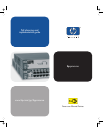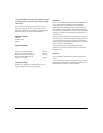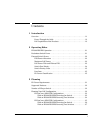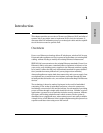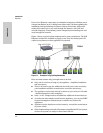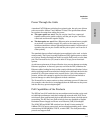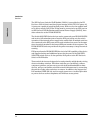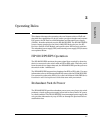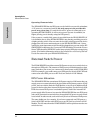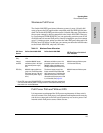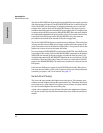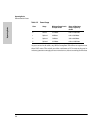
1
Introduction
Introduction
This chapter provides an overview of Power over Ethernet (PoE) and a list of
reasons why a user might want to implement PoE in their environment. It
discusses how PoE transmits power over twisted pair cable and the capabili-
ties of the devices used to provide PoE.
Overview
Power over Ethernet technology allows IP telephones, wireless LAN Access
Points and other appliances to receive power as well as data over existing LAN
cabling, without needing to modify the existing Ethernet infrastructure.
IEEE 802.3af is an extension to the existing Ethernet standards. Power Over
Ethernet is likely to become a standard feature of ethernet switches in a few
years, as the cost of adding power supplies to the Ethernet switches is going
to be small. It offers the first truly international standard for power distribu-
tion (consider how many different AC power plugs exist worldwide).
Almost all appliances require both data connectivity and a power supply. Just
as telephones are powered from the telephone exchange through the same
twisted pair that carries the voice, we can now do the same thing with Ethernet
devices.
The technology is bound to make a big impact in the world of embedded
computing. In the realm of embedded computers, where the systems are
increasingly connected to LANs and the internet, the advantages of providing
power and data through a single cable should be obvious. Consider a typical
application: a system for a car park that includes security cameras, informa-
tion signs, call-for-help telephones and vehicle sensors. Such a system is
distributed over a significant area, where mains power is not easily available.
A single link to a PoE Ethernet Switch makes implementing this system less
expensive and faster than using a non-PoE switch.
1-1



